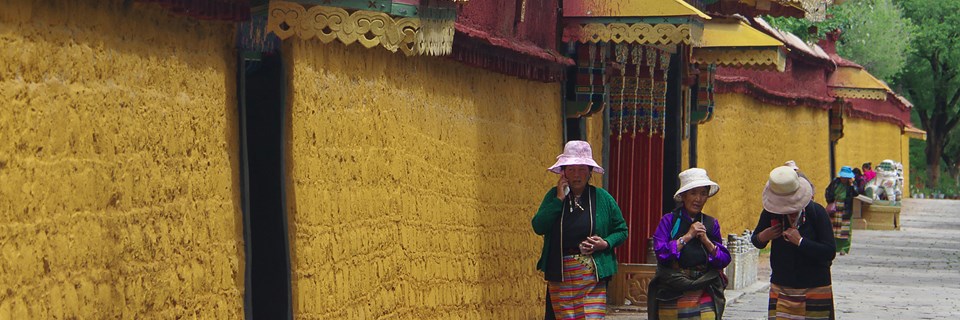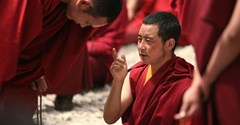Considering going to Tibet? Find out how you can visit, the best places of interest and when to go to Tibet.
Where is Tibet and what are the current political circumstances?
The Tibetan Autonomous Region covers a vast swathe of Western China, the majority of which is at high altitude. At 2.5 million square kilometres in total, it is twice the size of Peru and five times the size of Spain. The Himalayas provide a natural border with Nepal to the south, one of a number of Asian countries adjacent to the region.
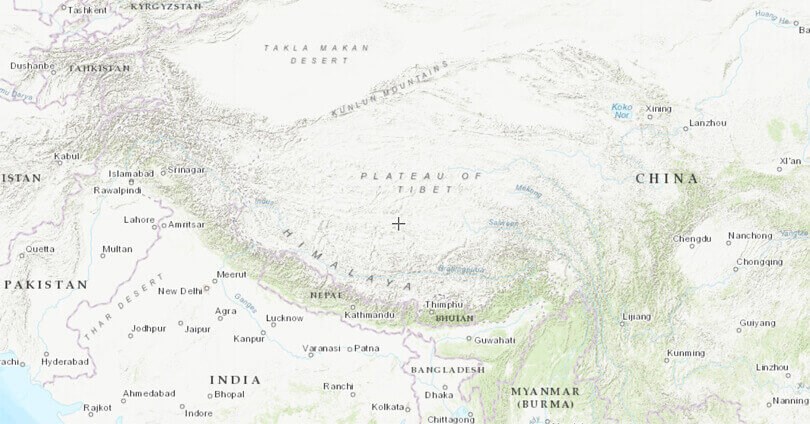
Politically speaking, Tibet is owned by China, but granted greater powers through its status as an autonomous region. In practice, Tibetan's are allowed to lead lives in line with their traditional ways and Buddhist beliefs. However, it would be naive to think that the Chinese influence here has not diluted this lifestyle, particularly with the large numbers of Han Chinese encouraged to settle here and the government's efforts to house Tibetans in communal towns, disturbing a nomadic life.
In the countryside, some government-funded engineering, mining and river damming projects interrupt the landscape and potentially accelerating the melting of Tibet's glaciers, a vital life source to some of the world's biggest rivers, upon which millions depend through China, India, Nepal and even down to Vietnam and Cambodia. However the basic elements of the special Tibetan landscape remain; snow-capped mountain peaks, sacred blue lakes, expansive yak-strewn grasslands, high altitude mountain passes adorned with prayer flags and dense hanging glaciers.
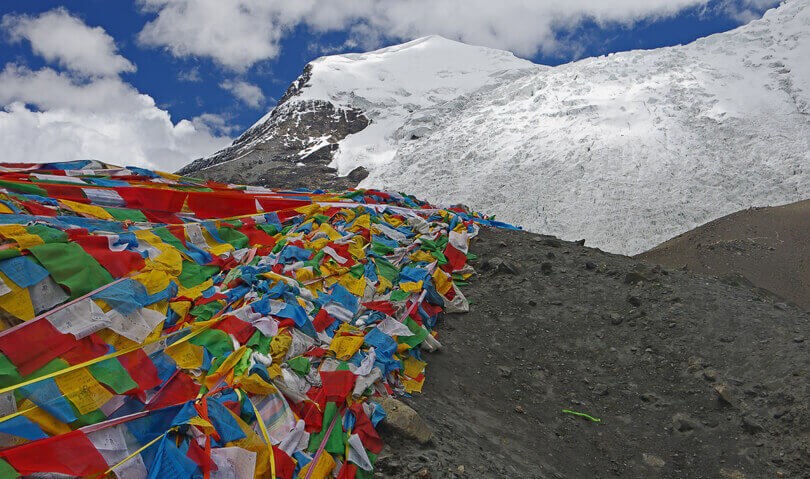
It should be noted that China is a country in which around 1.5 billion people need to live, find work, eat and be supplied with water. Therefore, the vast, sparsely populated and resource-rich Tibetan plateau can provide relief to millions, an option too attractive to ignore. Chinese cities are overflowing and struggling to cope and these large-scale industrial projects are not just restricted to Tibet; the planting of rubber trees in the hills of Yunnan have led to the destruction of natural habitats, whilst the damming of the Yangtze River displaced millions from their homes.
As you can see, the situation in Tibet is a controversial and extremely complex one, which has evolved beyond a mere question of ideological differences, as it was in the Cultural Revolution of 1965, onto a wider need to provide for an ever-expanding population, whilst caring for the planet and delicate eco-systems.
Can I visit Tibet?
Absolutely yes! You can visit the Roof of the World with Veloso Tours and combine Tibet with Beijing and the Great Wall, the pandas and Giant Buddha of Sichuan, Xi'an and the Terracotta Army, a luxury Yangtze River cruise and exotic multi-layered cities like Shanghai and Hong Kong. Whilst many choose to explore Tibet in-depth, some prefer to just visit Lhasa.
Should I visit Tibet? What are the moral implications?
Taking the previous answer into account, the situation in Tibet is not as clear-cut as it might first seem. The act of travelling to Tibet is a way of discovering more for yourself, seeing this beautiful land, feeling the warmth of its people and their culture and experiencing one of the modern world's greatest political conundrums from the inside.
Some might propose boycotting the region, so as not to legitimise the approaches of successive Beijing governments. Given that the vast majority of tourists here are Han Chinese, to do would only harm the owners and employees of Tibetan-run hotels, shops and restaurants, as well as the tour guides, drivers and the countless others who rely on tourism in the region. In visiting the Potala Palace and the Summer Palace in Lhasa, you are not only gaining a window into the past and forming your own ideas or resolving to find out more about the situation here, you are also actively playing a part in keeping these vacated 'museums' open to the public.
Ultimately the decision as to whether to travel to Tibet or not is a personal one, but as the Dalai Lama himself urges "go to Tibet and see many places, as much as you can. Then tell the world."
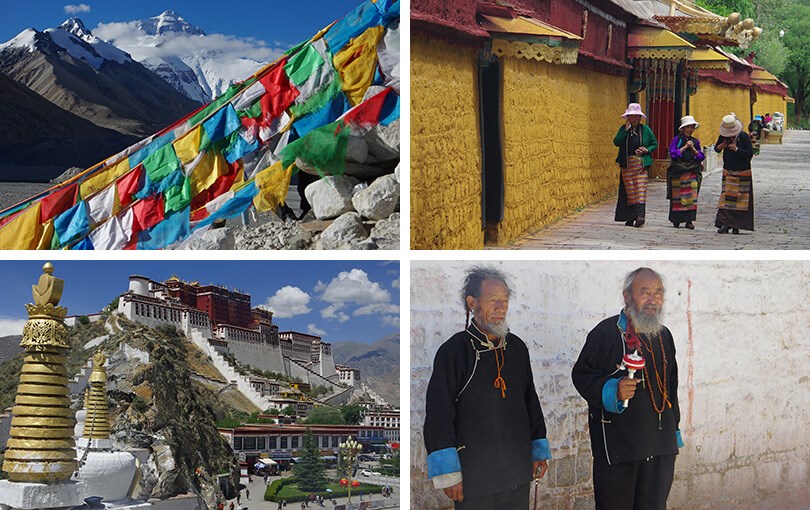 Clockwise from top: Everest Base Camp, pilgrims outside the Summer Palace, pilgrims at Sera Monastery & Potala Palace
Clockwise from top: Everest Base Camp, pilgrims outside the Summer Palace, pilgrims at Sera Monastery & Potala Palace
Do I need a visa or permit to travel in Tibet?
Yes you will require a permit to travel in Tibet, in addition to the one needed for China. This entry permit is required to get into the city of Lhasa and for those travelling outside the city a further permit will be required, detailing each stop on the itinerary. We will handle the arrangement of the necessary documents, in conjunction with our local contacts.
Can I travel without a guide in Tibet?
No, all foreign travellers are required to be accompanied by a local guide, either on a private hire basis or as part of organised group tours.
Should I be concerned about altitude in Tibet?
The capital Lhasa sits at an altitude of roughly 3,600 metres above sea level, similar to La Paz in Bolivia and a little more than Cusco in Peru. The second city Shigatse is 3,800 which is roughly the same as Lake Titicaca. Mount Everest Base Camp is at 5,200 metres above sea level, slightly higher than the more remote parts of the Bolivian Altiplano.
Our tour to the Everest Base Camp is designed in such a way as to allow you time to acclimatise to high altitudes in Lhasa and Shigatse, before rising further. However, throughout your stay in Tibet it is necessary to exercise caution, drinking plenty of water to stay hydrated and taking things at a slower pace.
Read more about how to deal with high altitude
How can I get to Tibet?
You can fly into Lhasa airport, with direct connections between cities such as Chengdu, Lijiang, Kunming and Beijing. Flights to Shanghai require a stop, usually in Chengdu. Another interesting alternative is to take the sleeper train into or out of Lhasa. The journey to Beijing takes over 40 hours, but travellers can undertake the second and most scenic part, between Xining and Lhasa. This takes around 20 hours and is achieved by flying into Xining, usually from Beijing. Along the way you will have the opportunity to survey the northern Tibetan landscape, as well as the beautiful Qinghai Lake, just outside of Xining. The train is also a good way to gently acclimatise to the rising altitude, with oxygen piped in throughout for your comfort.
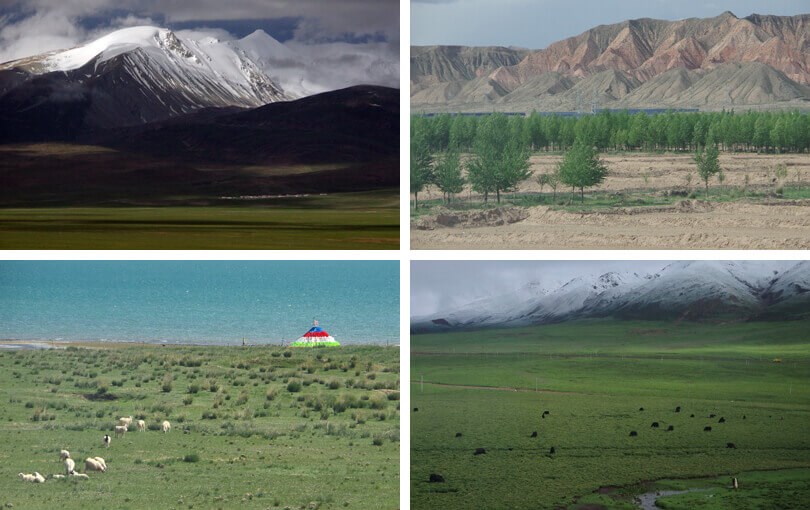 Scenes from the Xining to Lhasa train
Scenes from the Xining to Lhasa train
Where are the most popular places to visit in Tibet?
Tibet has a wealth of places of interest to visit. All visitors to should first explore the holy city of Lhasa, particularly the Potala Palace, Jokhang Temple and the Sera Monastery. Beyond the Tibetan capital, the cities of Gyantse and Shigatse offer very interesting monasteries, best visited on a three night round trip from Lhasa to reach the Mount Everest Base Camp, via the sacred Yamdrok Lake. Another holy lake is Namtso, north of Lhasa. Its remote communities can be reached on an overnight stay, affording time to watch the spectacular sunrise. Road conditions though do not always allow for this journey in the winter.
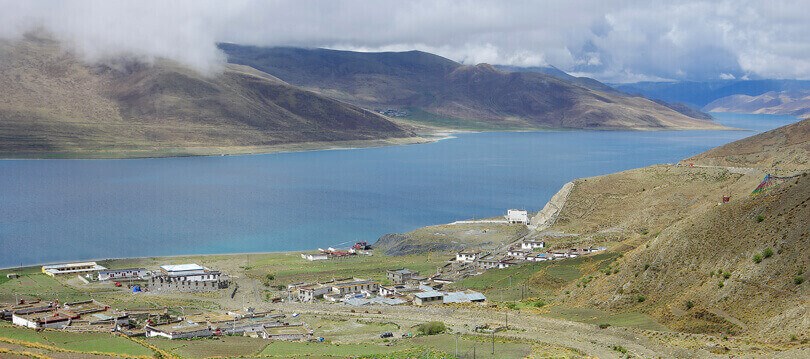 Yamdrok Lake in Tibet
Yamdrok Lake in Tibet
Those who have previously travelled to the Andean region with Veloso Tours, particularly in Peru, will doubtlessly draw many comparisons in both cultural and physical terms. The mountainous landscape is similar, as is the richness and warmth of the traditional culture and the people, who forge ahead with their sacred ways of life, in the face of outside rule. Therefore, anyone who has enjoyed countries like Peru, Bolivia and Ecuador will certainly find much to admire in Tibet.
How easy is it to visit Everest Base Camp?
Easier than you might think. The Tibetan camp, at least the tourist version, can be reached on an overnight trip from Shigatse, as part of a three night round trip from Lhasa. The final part of the journey sees you turn off the Friendship Highway to Nepal and travel down a winding switchback road, crossing one of the world's highest mountain passes, until you reach Rongbuk Monastery. You can either stay in basic accommodation at the monastery guest house, allowing for fine views at sunrise and the possibility of a private room, or in one of the communal tents in the nearby campsite. These are kept warm by yak dung fires and are attractively decorated and fairly spacious. The following morning you will rise early to enjoy the best views of Everest and then take a shuttle bus the last 2.2 miles to the base camp. In the winter, you can stay in Shegar (New Tingri), which offers better accommodation and a lower altitude, but is around 60 miles away. It therefore does not allow for early morning sightings, but as visibility is much better at this time of the year this is not a problem.
The base camp is open from April until October, with the rainy season in July and August.
 Rongbuk Monastery Guesthouse & Everest Tents
Rongbuk Monastery Guesthouse & Everest Tents
How do I start planning my Tibet holiday?
The best starting point is to browse our Yak tour to Tibet; a private journey which takes you from Beijing to the capital Lhasa (via Xining and the sleeper train) to follow in the footsteps of the Dali Lama, see the pilgrims spinning their prayer wheels around the Barkhor and watch the afternoon monk debating. We then head south to Everest Base Camp, via the sacred Yamdrok Lake and three of the region's most important monasteries. The tour finishes in Chengdu to see baby pandas up close and visit the 71 metre high Leshan Giant Buddha, carved into the mountainside at the confluence of three rivers.
The next step is to then get in touch to ask any questions, discuss any bespoke changes and discuss specific dates and specifications, to enable us to provide a proposal for you to consider.
Choose your perfect holiday
Find inspiration from our selection of itinerary suggestions, a great starting point for your next trip
View More Tours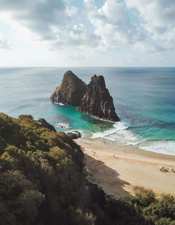
Stay in touch
Infuse your travels, with inspiration from our monthly newsletter.
READY - 12 April 2024
INDIA: Fascinating Culture & Kembh Mela Festival
LANDMARK TOURS: Multi-Country & Cross Continent. New Cosmopolitan Tour: Buenos Aires, Iguazu, Rio
CHINA & INDIA: Local Life, People & Unique Cultures
GUIDES by Veloso Tours, are the best Local Hosts
PRIVATE VILLAS: Quality Time in exclusive settings
TRAVEL INSURANCE with extensive COVID-19 cover
